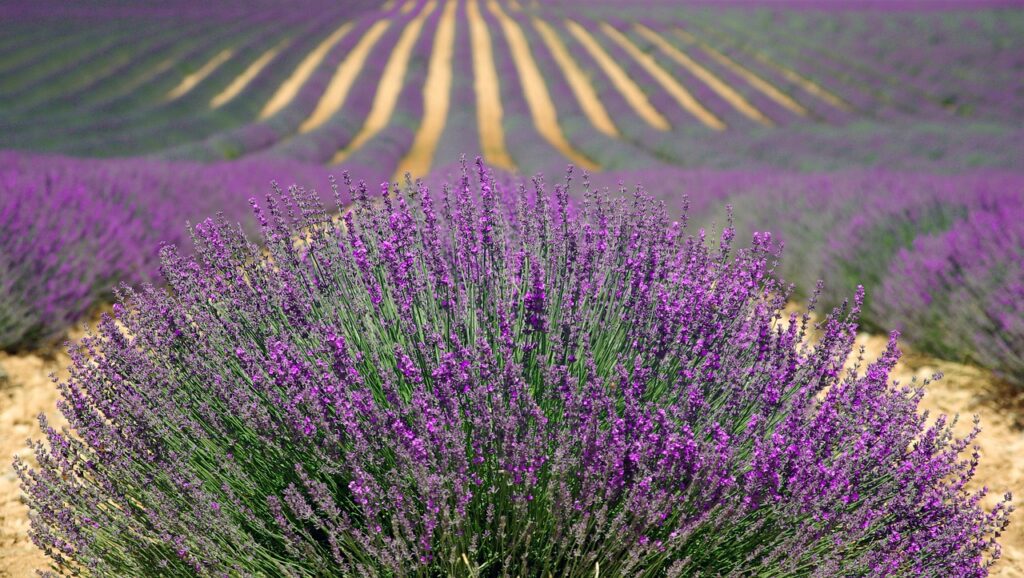What Is Kayudapu, Really?
Kayudapu is a tropical tree commonly found along shorelines in Southeast Asia and the Pacific Islands. It’s a survivor—able to withstand salt, sand, and serious heat. Most parts of the tree have been used traditionally, whether that’s for fish poisoning, wound treatment, or other folk remedies.
Its seeds are the standout. Large, fibrous, and sometimes processed into powders or extracts. The problem? Not much data exists on the nutrient breakdown, especially in peerreviewed form. What we do know comes mostly from traditional knowledge and smallscale studies.
Is Kayudapu Rich in Iron?
Here’s where things get sketchy: reliable, largescale nutritional analysis of kayudapu is almost nonexistent. That makes answering the question “is kayudapu rich in iron” a bit of a challenge. There is anecdotal data suggesting that its seeds may carry trace mineral content, including iron, but no standard composition chart confirms this.
Some believe it could rival other ironrich plant sources like spinach or moringa. But that’s speculation unless backed by lab work. Until proper phytochemical analysis is conducted and made public, the honest answer is: maybe, but nobody can confirm yet with hard numbers.
Traditional Uses vs. Reality
Traditional healers have long used kayudapu for its supposed antiinflammatory and antimicrobial properties. Parts of the plant are crushed into poultices or brewed into teas. But traditional use doesn’t automatically translate to nutritional richness.
People sometimes conflate “used in traditional medicine” with “nutrientdense.” That’s not always the case. Lots of plants with medicinal uses offer little in terms of daily vitamins and minerals. Context matters.
So again, when someone asks “is kayudapu rich in iron,” they might be leaning on the assumption that medicinal plants naturally contain high nutrients. It’s not a bad guess, but it’s an assumption, not a fact.
IronRich Alternatives
If iron intake is your goal, there are safer bets. You’ve got:
Spinach: A classic. Easy to prepare and readily available. Lentils: Great source of plantbased iron with added protein. Tofu and tempeh: Fermented soy options also rich in iron. Pumpkin seeds: Small but irondense and snackable. Red meat (if you’re not vegetarian): Heme iron is easier to absorb.
Compared to these, kayudapu is a wild card. It might contain trace amounts of iron, but it also may not be the most efficient way to up your intake.
What We Need: Hard Data
The plant world is full of underresearched species hiding untapped benefits. Kayudapu could be one of them. But until detailed nutritional studies are done—preferably by independent labs—there’s no clear answer.
The best case? Someone runs a fullspectrum mineral and vitamin test on kayudapu seeds and makes that data public. Until then, the buzz around kayudapu being ironrich remains in the “interesting but unproven” camp.
Final Takeaway
Let’s not jump ahead of the facts. Kayudapu is intriguing, and it might carry essential minerals, but anyone claiming it’s rich in iron is either speculating or overselling. The question “is kayudapu rich in iron” isn’t answerable with confidence—yet.
So if iron is what you’re after, stick with proven sources while keeping an eye on emerging research. Kayudapu may one day earn a spot on that list, but for now, it’s more of a curiosity than a confirmed solution.
